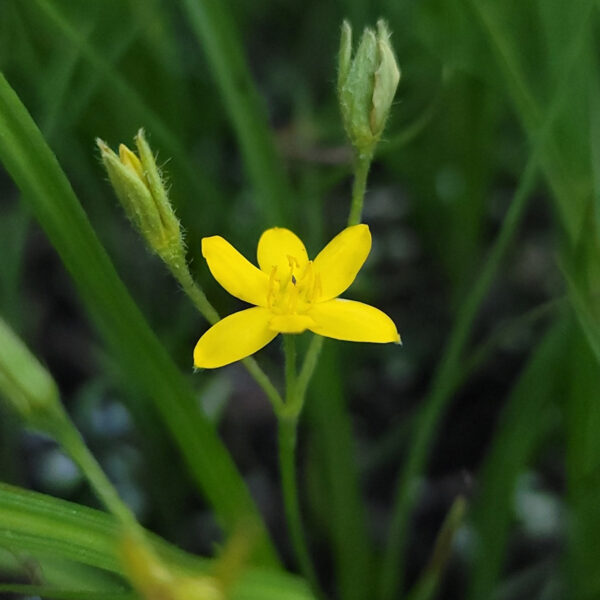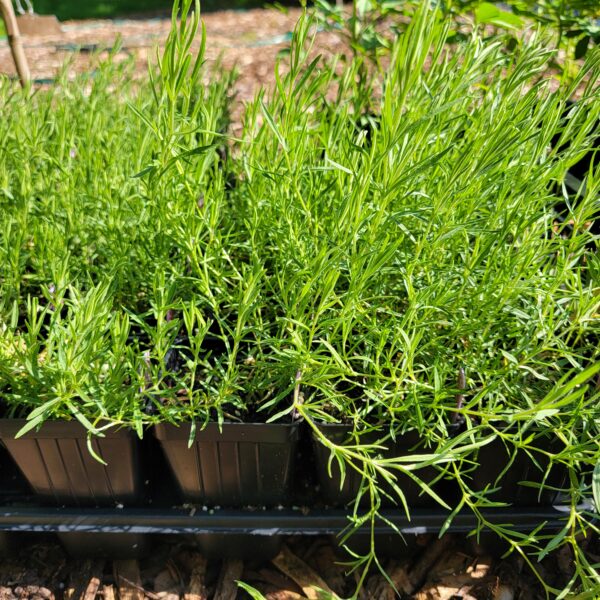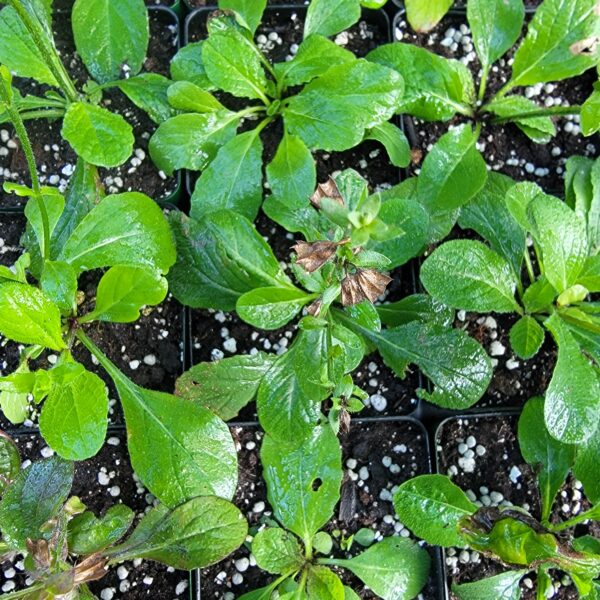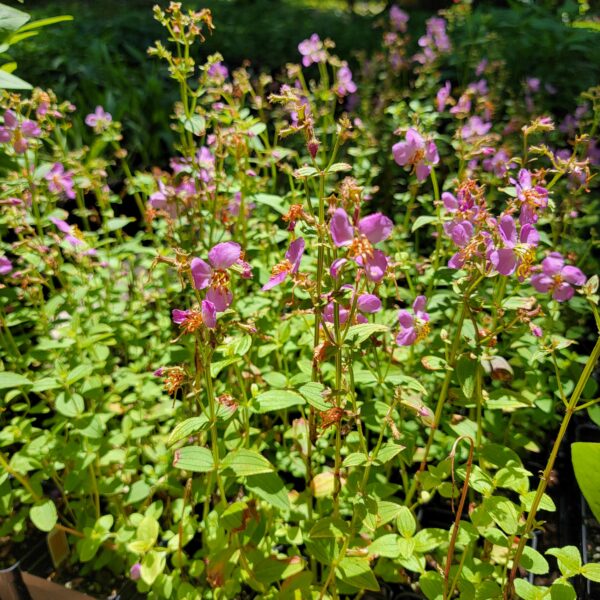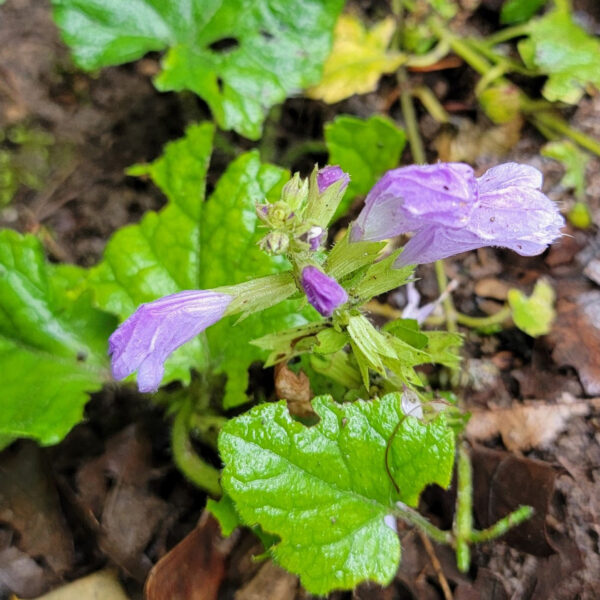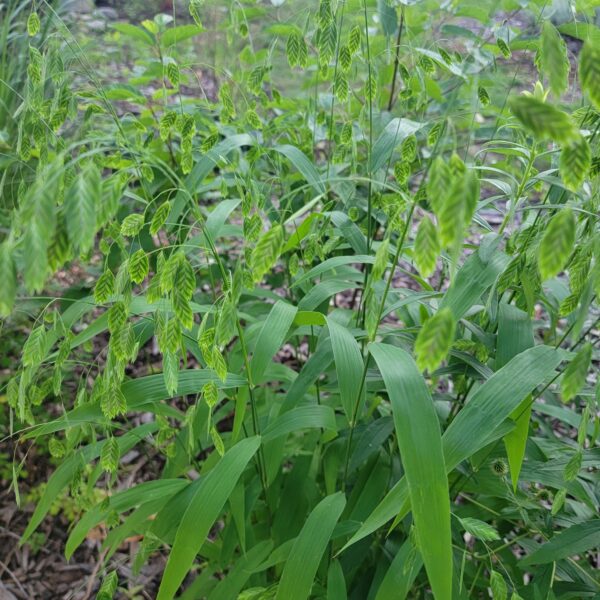Showing 1–12 of 16 results
Filter-
Blue Sedge
$6.00 Add to basketBunny Blue Hobb isn’t the only blue sedge in town. Carex glaucodea, actually called blue sedge, commonly grows in damp shady eastern woodlands.
-
Common Blue Violet
$8.00 – $15.00Price range: $8.00 through $15.00 Select options This product has multiple variants. The options may be chosen on the product page -
Eastern Yellow Star Grass
$6.00 Add to basketBlue-eyed grass’s golden-flowered cousin, the eastern yellow star grass is a welcome volunteer in gardens with grass-like leaves and bright blooms.
-
Large-Flowered Meadow Chickweed
$8.00 Add to basketThis native chickweed has showy fragrant blooms in spring and is drought tolerant once established.
-
Lyreleaf Sage
$8.00 Add to basketLyreleaf sage is the only sage known to be native to southeastern Pennsylvania. This evergreen attracts pollinators and does well in a native lawn.
-
Meadow Beauty
$10.00 Add to basket"The scarlet leaves and stem of the rhexia, some time out of flower, make almost as bright a patch in the meadow now as the flowers did. Its seed vessels are perfect little cream pitchers of graceful form." – Thoreau
-
Poverty Oatgrass
$6.00 Add to basketOne of the top performing grasses in Cornell’s native lawn demonstration area, try replacing your exotic turf with our native Danthonia spicata.
-
Running Five-Fingers
$6.00 Add to basketCute yellow-flowering ground cover that doubles a native lawn alternative that can grow in a wide variety of conditions, including full sun and drought.
-
Spring Beauty
$5.00 – $12.00Price range: $5.00 through $12.00 Select options This product has multiple variants. The options may be chosen on the product pageEdible spring ephemeral that provides an early food source for pollinators, including the specialist spring beauty miner.



